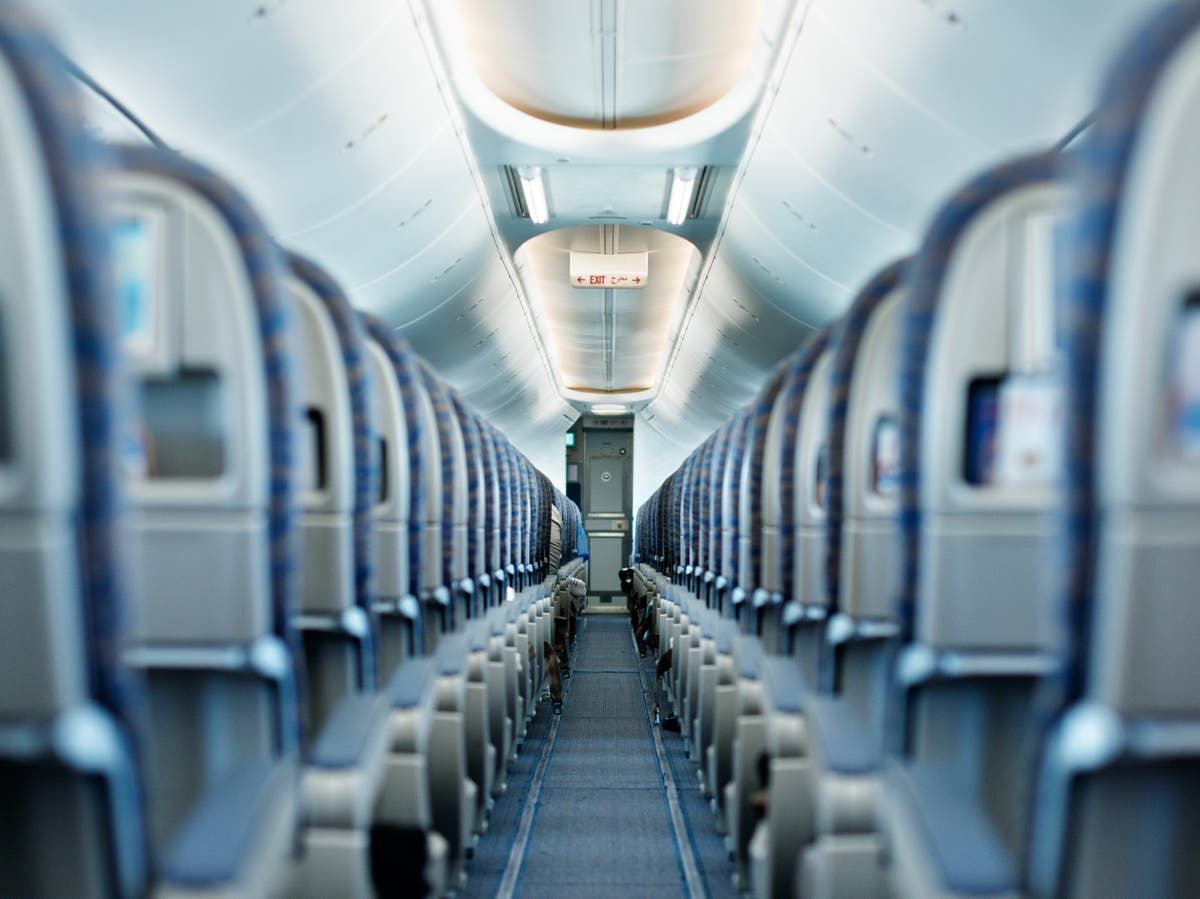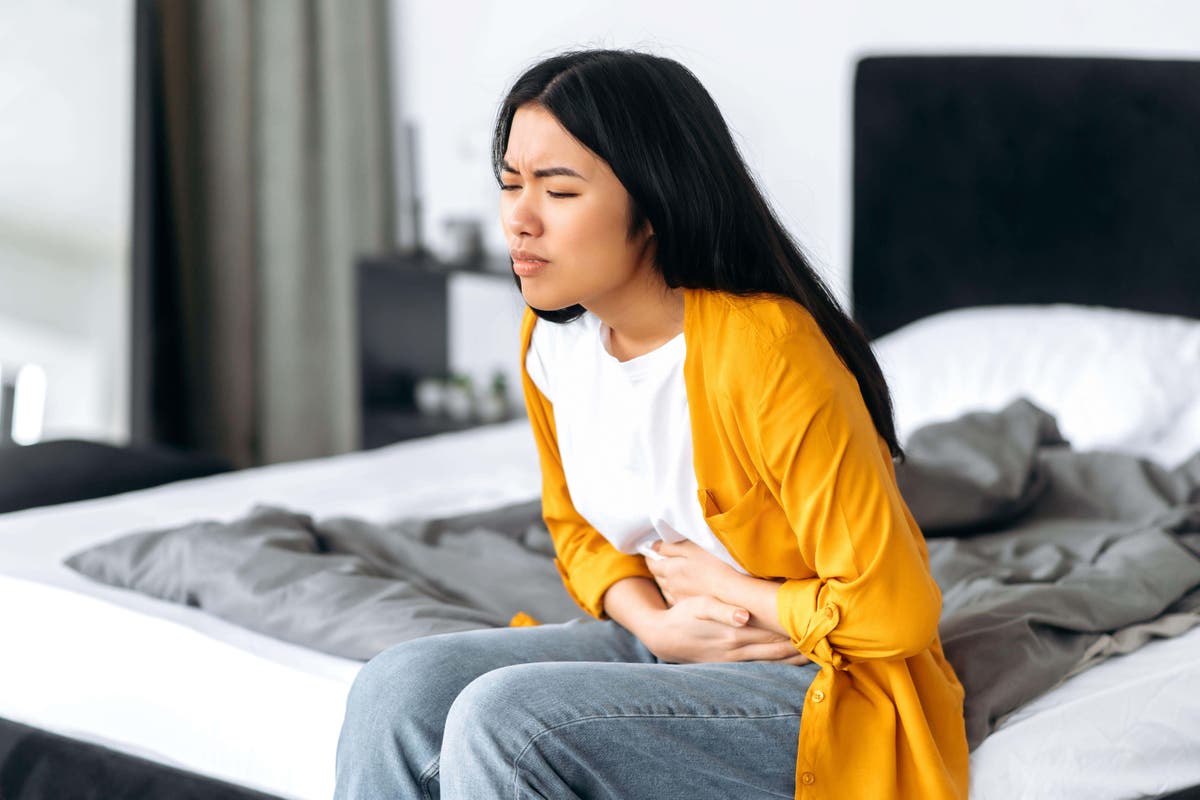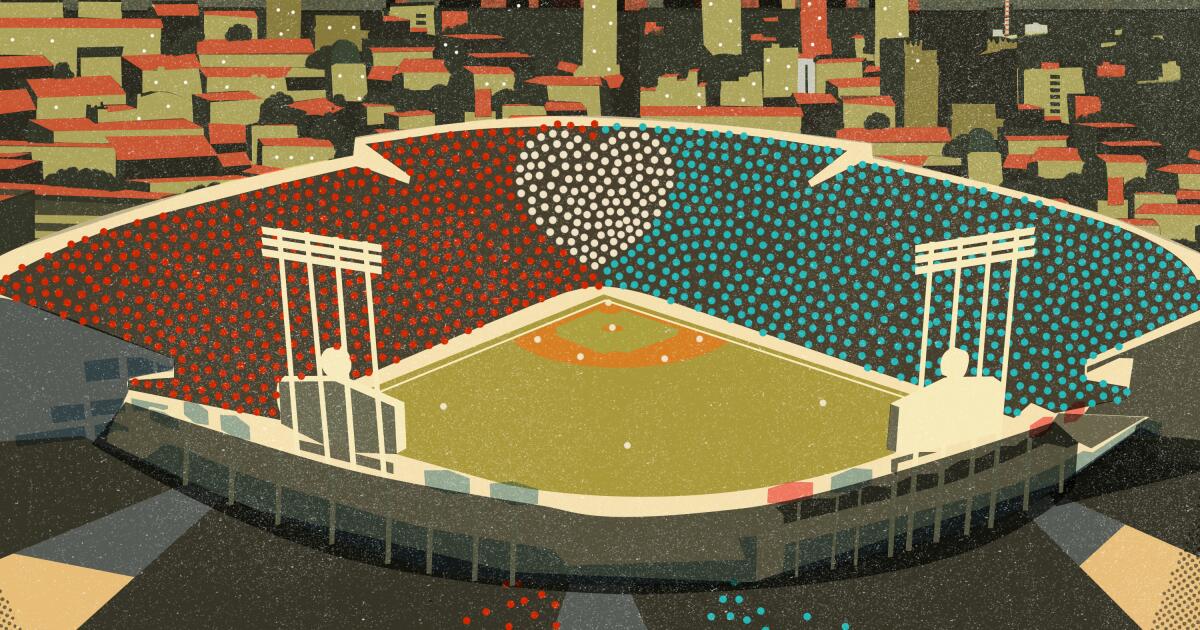While frequent travelers may prefer aisle, middle, or window seats, their first choice may not be the best choice for a bumpy flight.
In late May 2024, a passenger aboard the Boeing 777 from London Heathrow Airport to Singapore tragically died of a heart attack after experiencing 19 seconds of extreme turbulence. Geoff Kitchen, the 73-year-old Briton who died, was aboard Singapore Airlines flight SQ321 when the plane fell 178 feet in 4.6 seconds. Kitchen was the only passenger who died, but others, including crew members, were seriously injured on the morning flight on May 21.
Since the increase in terrifying episodes of turbulence, many aviation experts have spoken out, sharing safety protocols and the best seats for a complicated flight.
“Often the ride in the back of the plane seems less stable, but depending on the movement of the air, the ride can be different,” American Airlines captain Dennis Tajer told Fox Business.
“The wings are located closer to the center of gravity of the plane,” he said in the June 2 article. “Therefore, seated travel near the wings may be less turbulent than near the tail of the aircraft, where vertical input is felt more.”
That said, keeping the seat belt fastened is the safest decision a passenger can make, according to Tajer. “Having your seat belt on will be the difference between safety or injury,” he added.
However, for those interested in the best seats, David Slotnick, senior aviation business reporter for The dots boynoted that these tips were primarily for mild turbulence situations.
“The difference is mainly due to milder turbulence and can be helpful if you are feeling anxious or dizzy,” he told Fox Business.
In addition to Tajer and Slotnick, a TikTok pilot spoke openly about his recommendations for where to sit if you're worried about turbulence.
In a post from May 2023, pilot Jimmy Nicholson spoke to his followers and suggested they stay away from the back of the plane.
“At the front of the plane you will experience less turbulence. The back is going to be a little bumpier,” he proclaimed. “The back of the plane will roll more. The front will sway less.”
“Sit in front of the plane,” Nicholson said, speaking directly to anyone who feels unwell on planes.
He added: “If you feel unwell while flying, look for a visual reference. “So, look out the window and look at the horizon.”












